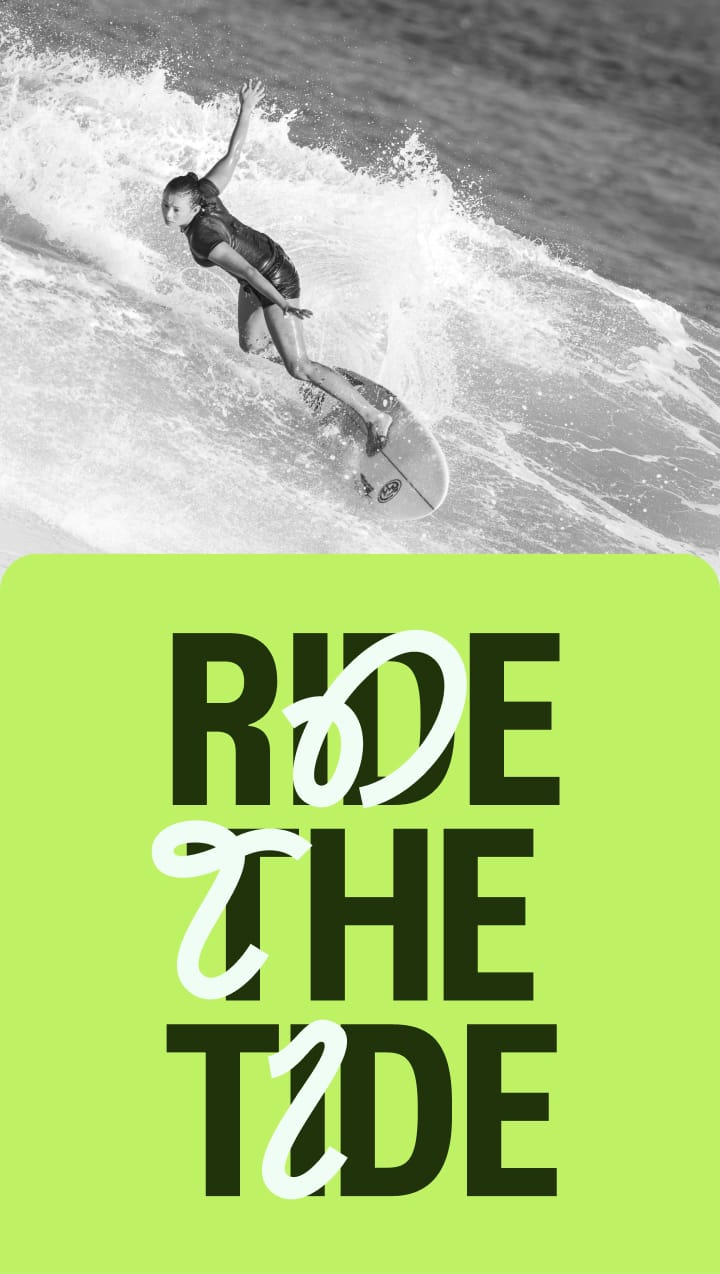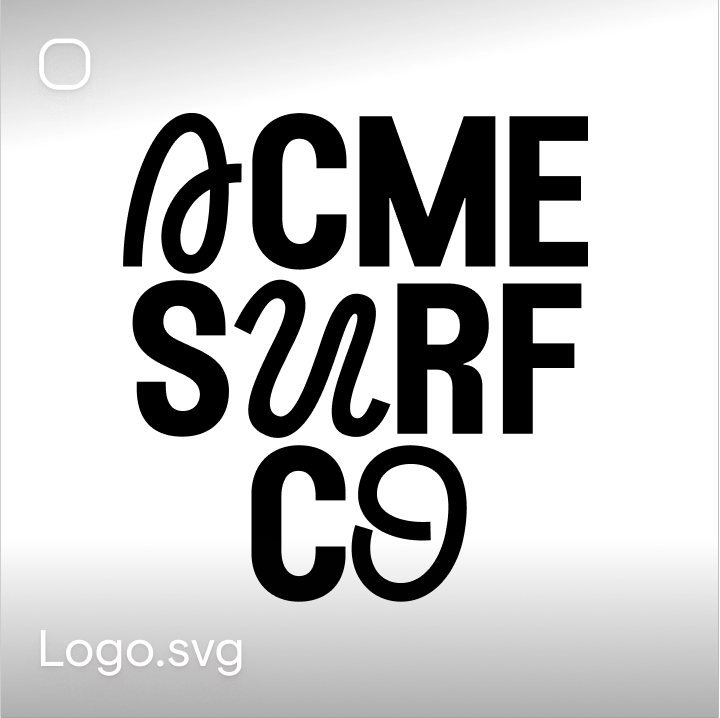1. Introduction
In today's digital landscape, managing and organizing a vast array of digital assets can be a daunting task for marketing professionals. From images and videos to documents and audio files, businesses deal with a significant volume of content that needs to be accessible, up-to-date, and easily distributable. This is where Digital Asset Management (DAM) comes into play.
2. Understanding Digital Asset Management (DAM)
Digital Asset Management refers to the process of organizing, storing, and retrieving digital assets in a centralized repository. It involves the use of specialized software and systems that facilitate efficient asset management, streamline workflows, and enhance collaboration.
Read more: What is a Digital Asset Management (DAM)?
3. Benefits of Digital Asset Management
Organized and Efficient Workflow
Implementing a DAM system provides marketing professionals with a structured and organized workflow. It enables seamless collaboration between team members, eliminates the need to search for assets across multiple platforms, and reduces the time spent on manual administrative tasks.
Time and Cost Savings
With a DAM system in place, marketing teams can save valuable time and resources. The quick and easy access to digital assets eliminates repetitive tasks and allows marketers to focus on more strategic initiatives. Furthermore, the centralized storage and distribution of assets minimize the risk of file duplication and unnecessary purchases.
Enhanced Collaboration and Teamwork
Digital Asset Management fosters effective collaboration within marketing teams. By providing a single source of truth for all assets, team members can work together on campaigns, share feedback, and iterate on creative content in real-time. This leads to improved efficiency, increased productivity, and a more cohesive marketing strategy.
Consistent Branding and Improved Brand Management
Maintaining consistent branding across various marketing channels is crucial for building brand recognition and trust. A DAM system ensures that all assets, such as logos, brand guidelines, and design templates, are readily available and easily accessible. This enables marketing professionals to adhere to brand standards, resulting in a consistent brand identity across campaigns.
Easy Access and Searchability of Assets
One of the key benefits of DAM is the ability to quickly find and retrieve assets when needed. Powerful search capabilities, metadata tagging, and categorization enable marketers to locate assets based on specific criteria, such as keywords, file types, or campaign tags. This saves time and frustration, ensuring that the right assets are readily available for use.
Streamlined Publishing and Distribution Processes
DAM systems streamline the publishing and distribution of marketing assets. With automated workflows and permissions management, marketers can ensure that the right assets are delivered to the right channels at the right time. This eliminates manual errors, reduces delays, and enhances the overall efficiency of marketing operations.
Version Control and Asset Security
Keeping track of asset versions and maintaining their integrity is essential in marketing. DAM solutions offer version control features that enable marketers to track changes, collaborate on specific versions, and revert to previous iterations if needed. Additionally, DAM systems provide robust security measures, ensuring that sensitive assets are protected from unauthorized access or distribution.
Analytics and Performance Tracking
DAM systems often integrate with analytics and performance tracking tools, allowing marketing professionals to measure the effectiveness of their campaigns. By linking assets to specific marketing initiatives, it becomes easier to track engagement, conversions, and other key performance metrics. This data-driven approach helps optimize marketing efforts and improve ROI.
Integration with Other Marketing Tools
A well-designed DAM system seamlessly integrates with other marketing tools and platforms. This enables efficient data exchange, streamlined workflows, and increased productivity. Integration with ecommerce platforms like Shopify, content management systems (CMS) like Webflow, project management software like Notion, and social media platforms further enhances the overall marketing ecosystem.
4. How Digital Asset Management Supports Performance Marketing
Digital Asset Management plays a vital role in supporting performance marketing efforts. Let's explore some ways in which DAM contributes to the success of performance-driven campaigns.
Tracking and Analyzing Marketing Campaigns
By leveraging DAM's analytics capabilities, marketing professionals can track the performance of their campaigns with precision. This allows for data-driven decision-making, identifying which assets are generating the highest engagement, conversions, and overall campaign success.
Optimizing Creative Assets for Performance
DAM systems provide marketers with insights into which creative assets are performing best. By analyzing metrics such as click-through rates (CTR), conversion rates, and engagement levels, marketers can identify patterns and optimize their assets for better performance.
Ensuring Consistent Branding Across Channels
Consistency in branding is crucial for effective performance marketing. With a DAM system, marketing professionals can ensure that all creative assets adhere to brand guidelines and maintain a consistent look and feel across various marketing channels. This consistency helps build trust and recognition among the target audience.
Streamlining A/B Testing and Multivariate Testing
DAM simplifies the process of conducting A/B testing and multivariate testing. Marketers can easily create different versions of assets, manage test variants, and track the performance of each variation. This allows for data-backed decision-making and optimization of marketing campaigns based on real-time insights.
5. Choosing the Right Digital Asset Management Solution
Selecting the appropriate DAM solution is crucial to the success of your marketing operations. Consider the following factors when choosing a DAM system:
Assessing Your Organization's Needs
Evaluate your organization's specific requirements and objectives. Identify the pain points and challenges you face in managing digital assets and align them with the features and functionalities offered by DAM solutions.
Evaluating Features and Functionality
Look for DAM systems that offer robust features such as advanced search capabilities, metadata management, automated workflows, version control, and integration options. Assess whether the solution can handle your current asset volume and accommodate future growth.
Considering Scalability and Integration Options
Choose a DAM system that can scale with your organization's growth. Consider the system's ability to handle increasing asset volumes, user growth, and integration with other marketing tools and platforms.
Ensuring User-Friendliness and Accessibility
A user-friendly DAM system encourages adoption and enhances productivity. Look for intuitive interfaces, easy-to-use features, and customizable dashboards. Accessibility across devices and operating systems is also essential for remote and distributed marketing teams.
Reviewing Security and Permissions
Data security is critical when dealing with digital assets. Ensure that the DAM system you choose offers robust security measures, including user permissions, encryption, access controls, and secure data storage. You want your DAM system to be SOC 2 certified.
6. Five Digital Asset Management provider Options
When it comes to choosing a Digital Asset Management (DAM) provider, there are several options available. Here are five DAM providers that I suggest considering:
Google Drive
Google Drive offers a cloud-based storage solution with built-in collaboration features. It allows teams to store and share various types of digital assets, including documents, images, and videos. With integration with other Google tools, Google Drive is a popular choice for many organizations. However, as it is not designed for Creative Asset Management, it needs more manual work in comparison to DAM tools.
Focal
Focal is a cost-efficient DAM solution that is well-suited for modern marketing teams. It offers features such as AI-powered search, smart filters, and customizable tags. Focal provides a central hub for storing and organizing creative assets, allowing teams to collaborate, review, and download assets efficiently. In comparison to other, older players in the field, Focal is extremely quick to implement.
Bynder
Bynder is a comprehensive DAM platform that enables larger organizations to store, manage, and distribute their digital assets. It offers advanced features like version control, asset analytics, and customizable workflows. Bynder is mainly used by large, late-stage companies, with hundreds of employees.
Brandfolder
Brandfolder is a DAM platform designed to help organizations maintain brand consistency and easily share assets. It provides a centralized location for storing brand assets, guidelines, and templates. Brandfolder offers customizable access permissions, advanced analytics, and integration options with popular marketing tools.
Canto
Canto is a DAM provider that offers a user-friendly interface and a range of features for managing digital assets. It provides robust metadata management, version control, and asset collaboration capabilities. Canto's intuitive interface and seamless integrations make it a viable option for marketing teams. Canto is one of the oldest players in the field.
6. Implementing Digital Asset Management in Your Workflow
To successfully implement DAM in your workflow, follow these steps:
Creating a Digital Asset Management Strategy
Define your goals and objectives for implementing a DAM system. Identify the key stakeholders and involve them in the decision-making process. Develop a roadmap and timeline for the implementation, ensuring alignment with your overall marketing strategy.
Organizing and Categorizing Assets
Establish a clear taxonomy and structure for organizing your assets. Develop consistent naming conventions and metadata standards to ensure assets are easily searchable and identifiable. Some tools, like Focal, have AI-powered solutions for this step.
Uploading, Tagging, and Metadata Management
Upload your existing assets into the DAM system, ensuring proper tagging and metadata assignment. This metadata should include relevant keywords, descriptions, usage rights, and any other pertinent information for easy asset discovery.
Training and Onboarding Users
Provide comprehensive training and onboarding to all users of the DAM system. Ensure they understand how to upload, search, and retrieve assets, as well as how to collaborate and share assets within the system. Make sure you go through the onboarding yourself, so you understand how long it takes for your colleague to learn how to use the DAM.
Monitoring and Maintaining the System
Regularly monitor the usage and performance of your DAM system. Gather feedback from users and stakeholders, and make necessary adjustments and improvements. Perform regular maintenance tasks, such as archiving outdated assets and updating metadata.
7. Conclusion
Digital Asset Management offers significant benefits to marketing professionals working in performance-driven environments. From organizing assets and streamlining workflows to supporting data-driven decision-making and optimizing creative content, DAM plays a crucial role in enhancing marketing operations. By choosing the right DAM solution and implementing it effectively, marketing professionals can unlock the full potential of their digital assets and drive performance marketing success.
FAQs (Five unique frequently asked questions)
Q: Can I integrate a DAM system with my existing marketing tools?
A: Yes, most DAM solutions offer integration options with popular marketing tools, ensuring a seamless workflow and data exchange.
Q: How can DAM help with cross-channel marketing campaigns?
A: DAM ensures consistent branding across multiple channels, enabling marketers to deliver cohesive messaging and maintain brand integrity.
Q: Can a DAM system handle video and other rich media formats?
A: Yes, modern DAM solutions support a wide range of file formats, including videos, images, audio files, and documents.
Q: Is DAM suitable for early stage startups?
A: Absolutely! DAM systems cater to organizations of all sizes, offering scalability and cost-effective solutions tailored to individual needs.
Q: What is the typical return on investment (ROI) for implementing a DAM system?
A: The ROI of a DAM system varies depending on factors such as asset volume, workflow complexity, and time saved. However, organizations generally experience significant time and cost savings, increased productivity, and improved brand consistency.
What is Focal?
Focal is a creative asset management platform perfect for asset-heavy teams. With Focal, you can ship effective ads 10x faster.
Our key features are an AI-powered search for creative assets, advanced media mockups, and collaborative docs designed for marketers. All features in Focal are seamlessly connected with Slack and Figma, so you don't need to waste time on manual copy+paste.




















